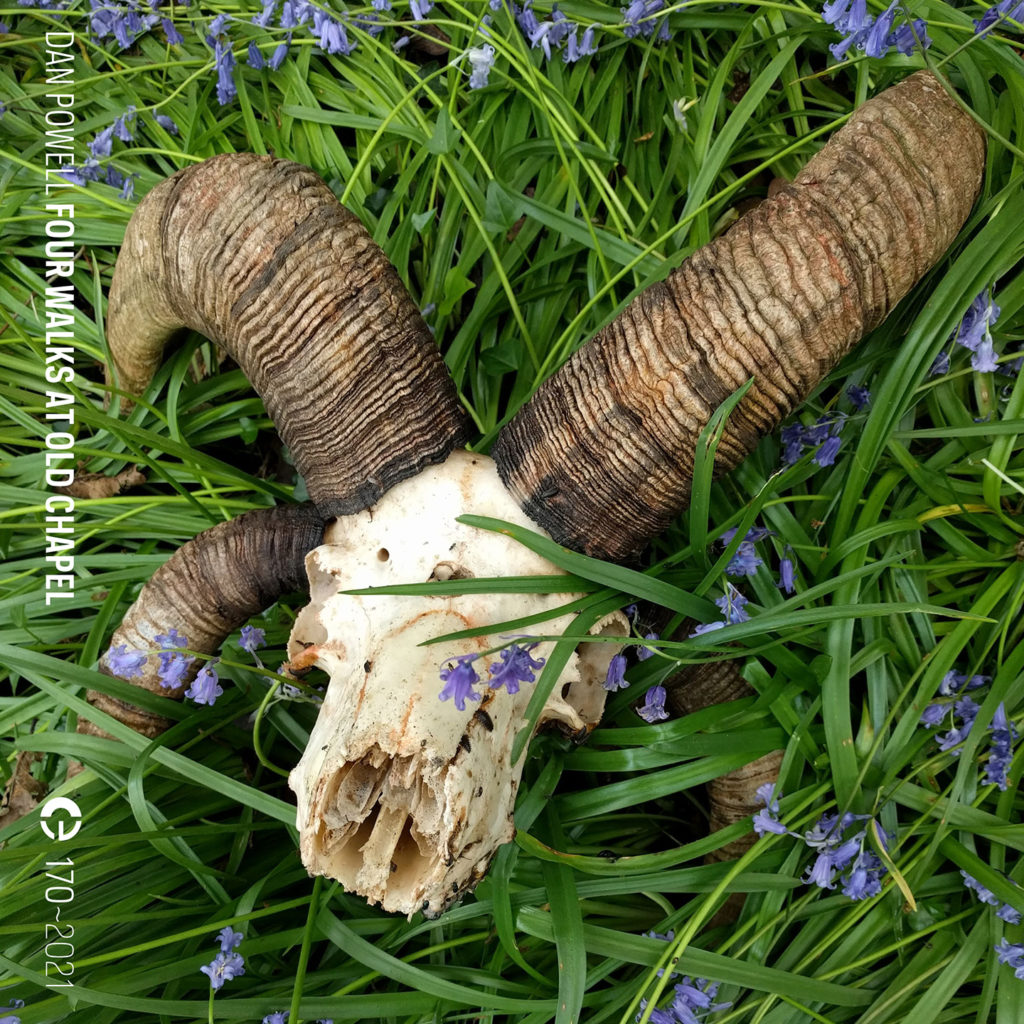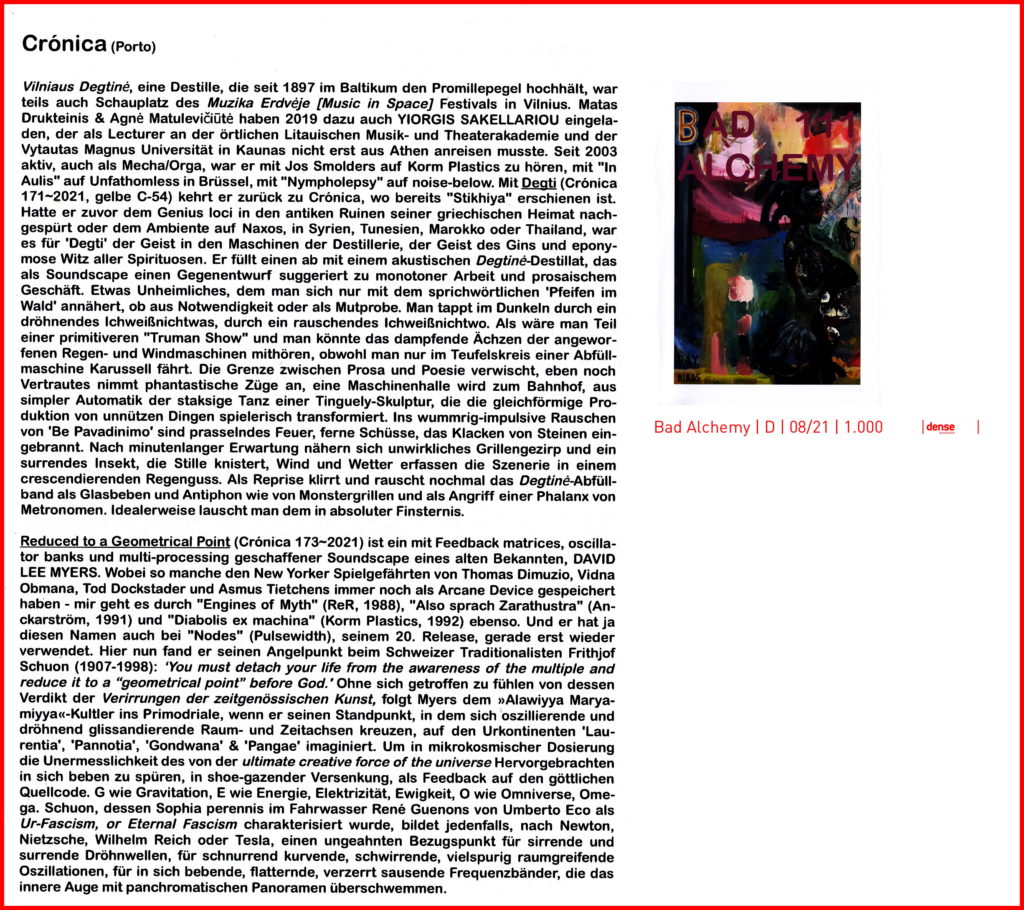
Voor het bijna twee uur durende ‘Submerge-Emerge’ liet Smolders zich eveneens inspireren door een kunstwerk, nu het gedicht ‘Un Coup De Des Jamais N’Abolira Le Hasard’ van Stéphane Mallarmé. Al veertig jaar is Smolders gefascineerd door dit gedicht, maar pas na meer onderzoek naar de achtergronden, was hij in staat om er ook muzikaal iets mee te kunnen. Daar hoorde bij dat hij in dezelfde tijd werkte aan een album met als basis de veldopnames die hij de afgelopen jaren aan zee had gemaakt en waar hij ineens van merkte dat die ook in dit project bruikbaar waren. Het hele proces dat alles bij elkaar vijf jaar in beslag nam, beschrijft hij op de site van Crónica, boeiend om te lezen. Een paar opmerkingen pik ik eruit, omdat die goed duidelijk maken waar de worsteling lag: “So, I thought, perhaps I should not try and get to the bottom of what is actually written down? Maybe I should just let myself be taken into the maelstrom of thoughts that are presented?” Verderop geeft hij zelf het antwoord: “I concluded that it was an operation as much impossible as it was futile. Some things just cannot be translated from one art form into another without compromise or corruption.”
Vijf jaar werk, maar je hoort het er wel aan af. De integratie van veldopnames met elektronica is hier ronduit subliem en Smolders slaagt er op prachtige wijze in zijn gedachten te verklanken in een volwaardige compositie voor elektronica. Wat vooral opvalt is de spanning die hij in de compositie weet te leggen, juist door die zeer geslaagde combinatie van veldopnames en elektronica. Stukken als ‘Plate 1 en 2’ zijn in alle opzichten een lust voor het oor. Op een aantal momenten gebruikt Smolders regels uit het gedicht, voorgelezen door Valerie Vivancos, bijvoorbeeld aan het begin van ‘Plate 4’. De wijze waarop hij die regels verweeft in zijn muziekstuk, sterk elektronisch bewerkt, is een ander voorbeeld van de doordachte wijze waarop hij hier te werk is gegaan. Prachtige voorbeelden van hoe Smolders spanning in zijn werk brengt zijn ook ‘Plate 6’, ‘Interlude 4’ en het slotstuk ‘Interlude 10’. Diep doordringende klanknevels worden hier ons deel.
via Nieuwe Noten








